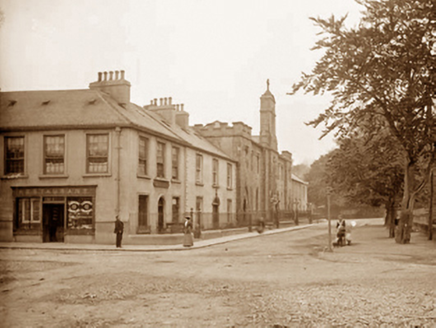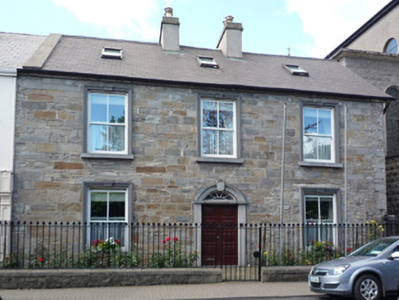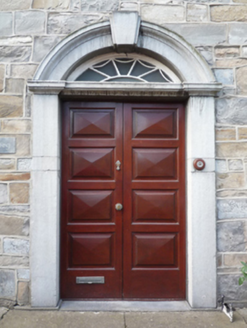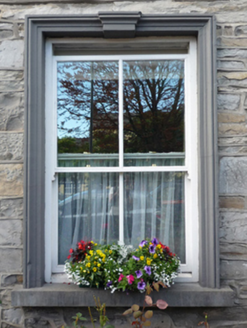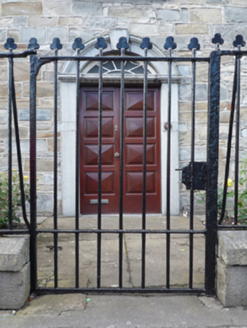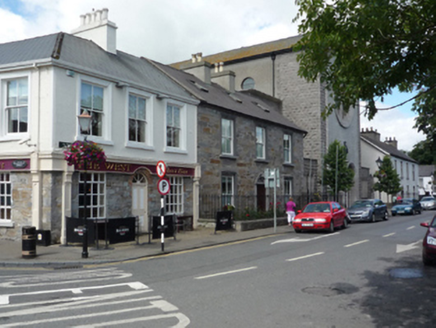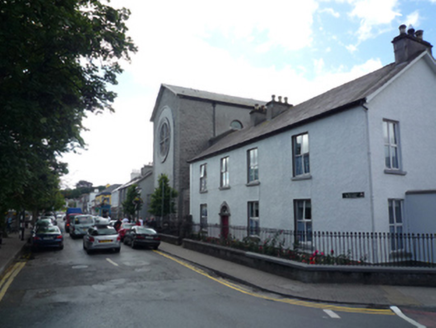Survey Data
Reg No
31212067
Rating
Regional
Categories of Special Interest
Architectural, Artistic, Historical, Social
Original Use
Presbytery/parochial/curate's house
Historical Use
Monastery
In Use As
House
Date
1813 - 1838
Coordinates
99769, 284490
Date Recorded
31/07/2008
Date Updated
--/--/--
Description
Attached three-bay two-storey parochial house with dormer attic, extant 1838, on a rectangular plan. In alternative use, 1842-4. In alternative use, 1865-1922. Renovated to accommodate continued alternative use. Replacement pitched slate roof with roll moulded clay ridge tiles, paired cement rendered central chimney stacks having stringcourses below capping supporting yellow terracotta octagonal pots, rooflights to front (north) elevation, and cast-iron rainwater goods on cut-limestone eaves retaining cast-iron downpipes. Repointed walls originally rendered, ruled and lined. Segmental-headed central door opening with cut-limestone threshold, and drag edged dragged cut-limestone surround centred on keystone framing replacement timber panelled double doors having fanlight. Square-headed window openings with drag edged dragged cut-limestone sills, and moulded surrounds framing replacement two-over-two timber sash windows replacing twelve-over-eight timber sash windows. Interior including (ground floor): central hall retaining carved timber surrounds to door openings framing timber panelled doors; and carved timber surrounds to door openings to remainder framing timber panelled doors with timber panelled shutters to window openings. Street fronted with trefoil-detailed wrought iron railings to perimeter centred on trefoil-detailed wrought iron gate.
Appraisal
A parochial house erected as one of a near-identical pair of houses (including 31212069) representing an integral component of the built heritage of Westport with the architectural value of the composition, one rooted firmly in the contemporary Georgian fashion, suggested by such attributes as the compact plan form centred on a Classically-detailed doorcase not only demonstrating good quality workmanship, but also showing a pretty fanlight; and the uniform or near-uniform proportions of the openings on each floor. Having been well maintained, the elementary form and massing survive intact together with quantities of the historic or original fabric, both to the exterior and to the interior: the removal of the surface finish, however, has not had a beneficial impact on the character or integrity of a parochial house forming part of a neat self-contained group alongside the adjacent Saint Mary's Catholic Church (see 31212068) with the resulting ecclesiastical ensemble making a pleasing visual statement overlooking the canalised Westport or Carrowbeg River.
